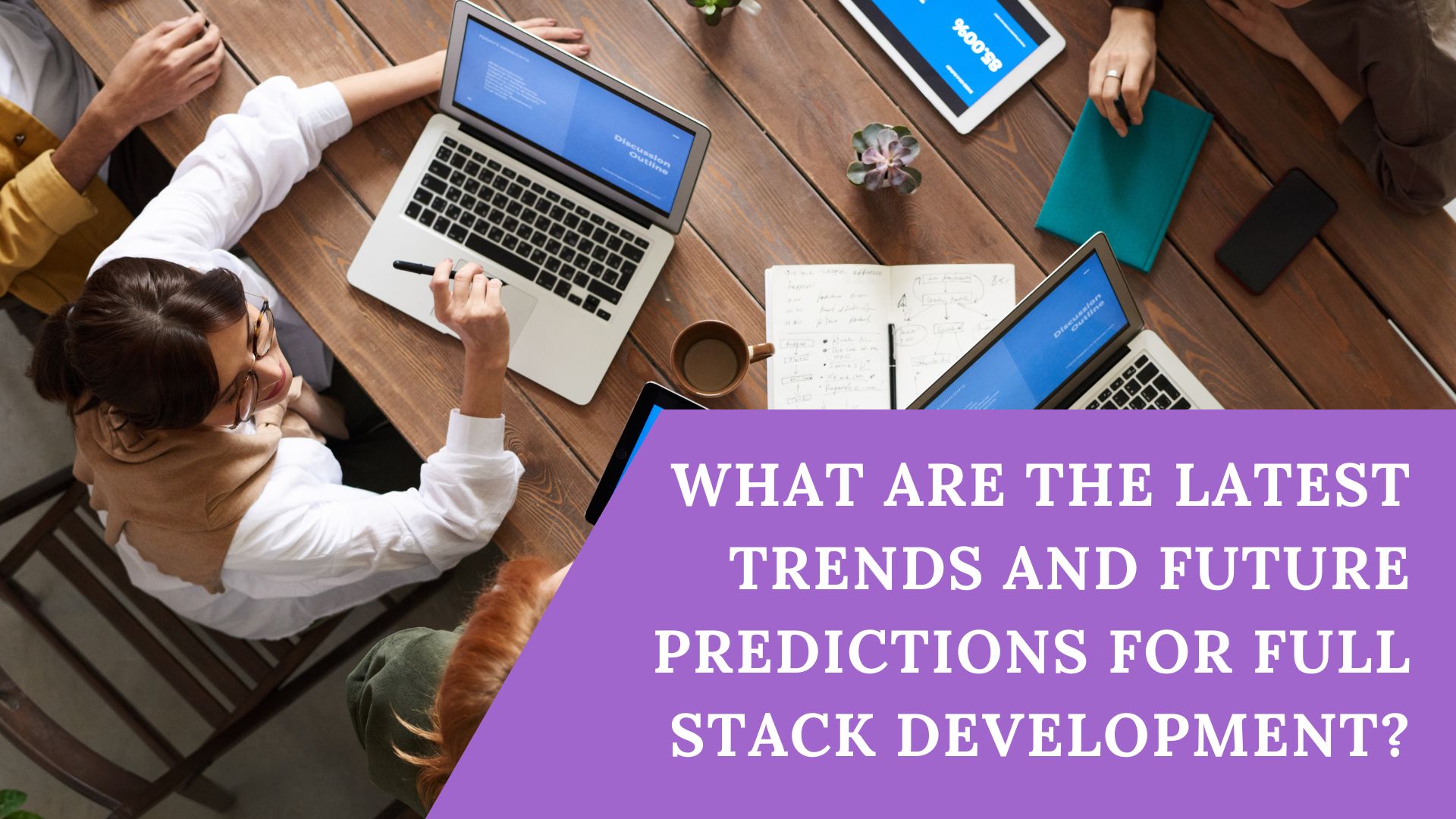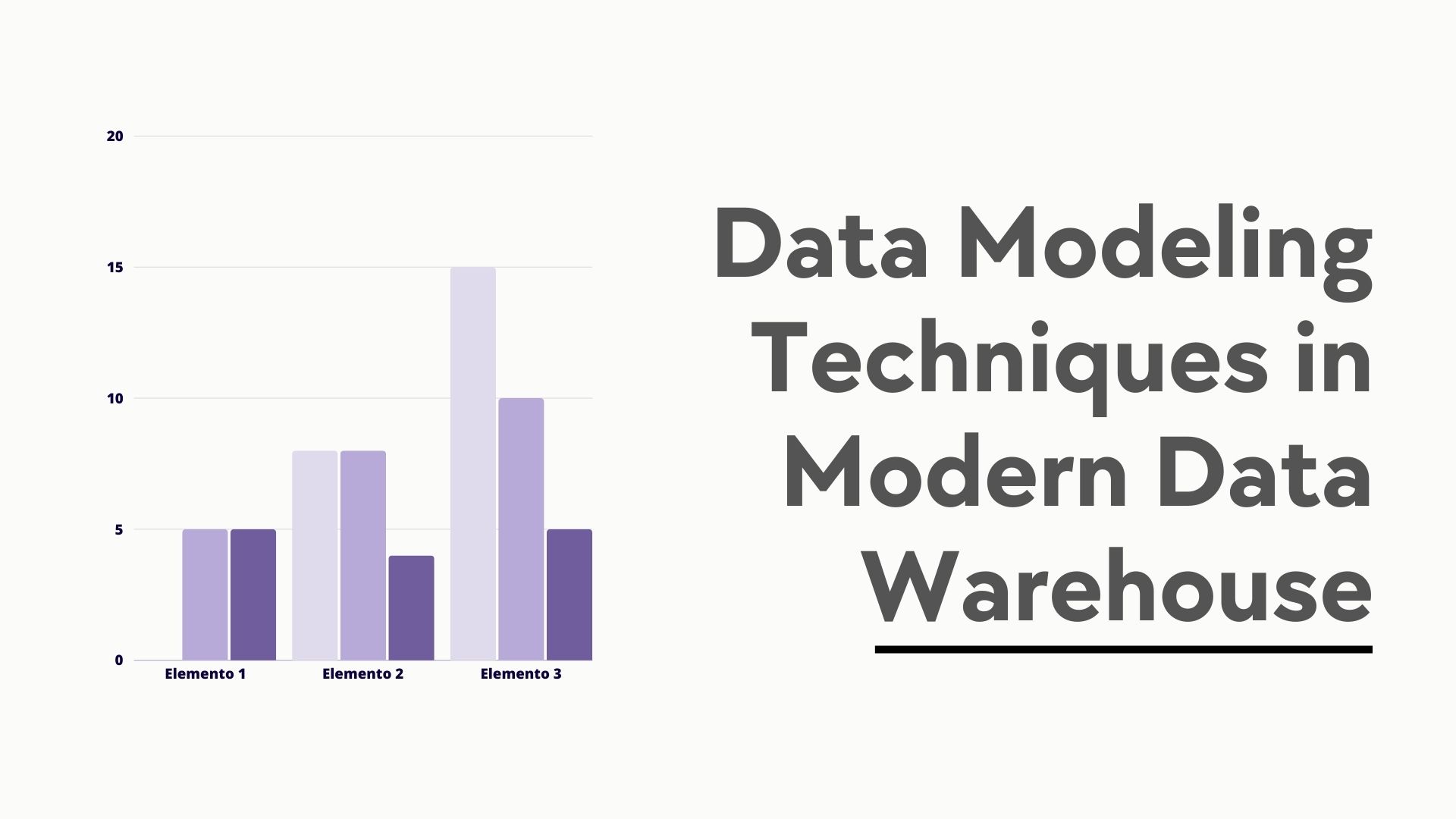What Are the Latest Trends and Future Predictions for Full Stack Development?

Full stack development—the process of building both the front-end (user interface) and back-end (server-side logic) of web applications—has become an essential skill in modern software development. As technology continues to evolve, the landscape of full-stack development is undergoing significant changes. In this article, we will explore the latest trends in full-stack development and examine future predictions that developers and businesses need to be aware of to stay competitive in the fast-paced tech world.
Latest Trends in Full Stack Development
JavaScript Frameworks and Libraries
JavaScript has long been a dominant language in full-stack development, and its popularity continues to grow. One of the most prominent trends is the increasing use of JavaScript frameworks and libraries, which help developers streamline both front-end and back-end development processes.
- React.js: React remains one of the most popular front-end libraries due to its flexibility and performance. It allows developers to build dynamic, single-page applications (SPAs) using reusable components.
- Vue.js: Vue is gaining traction as an easy-to-learn alternative to React and Angular. It provides simplicity and powerful features for building sophisticated user interfaces.
- Node.js: As a JavaScript runtime, Node.js is commonly used for back-end development. It allows full stack developers to use JavaScript for both client-side and server-side development, ensuring consistency and performance across the entire application.
-
Express.js: Often used in combination with Node.js, Express simplifies the development of web servers and APIs. It is a fast, unopinionated framework that provides essential features for back-end development.
Serverless Architecture
Serverless computing is changing the way developers build and deploy applications. With serverless architecture, developers no longer need to manage servers manually. Instead, they can use cloud services (such as AWS Lambda, Google Cloud Functions, and Azure Functions) that automatically scale and manage infrastructure.
This trend allows developers to focus on writing code rather than managing servers, leading to faster development cycles and reduced operational costs. Serverless computing is particularly beneficial for startups and small businesses with limited resources.
Microservices Architecture
The shift toward microservices is another important trend in full-stack development. Microservices involve breaking down an application into smaller, independent services that can be developed, deployed, and scaled separately.
Microservices offer greater flexibility and scalability compared to monolithic applications. They are especially valuable for large, complex applications where different teams may be responsible for different components. With microservices, full-stack developers can work independently on specific parts of an application while maintaining the system's overall cohesiveness.
Progressive Web Apps (PWAs)
Progressive Web Apps (PWAs) combine the best features of web and mobile apps. They offer a native mobile app-like experience while being delivered through a web browser. PWAs are lightweight, fast, and reliable, even in low-network conditions.
Full-stack developers are increasingly focusing on building PWAs as they help businesses reduce development costs (no need for separate iOS and Android apps) while providing a seamless user experience across devices. Features such as push notifications and offline access make PWAs a must-have tool for modern web development.
Artificial Intelligence (AI) and Machine Learning (ML) Integration
Full-stack development is increasingly intersecting with AI and ML technologies. Full-stack developers are now integrating machine learning models and AI algorithms into both the front-end and back-end of applications.
For example, developers may use AI-driven chatbots or recommendation engines on the front-end, while leveraging ML models for data analysis and predictions on the back end. As AI and ML technologies continue to advance, full stack developers will need a basic understanding of these tools and how they can enhance user experiences and automate tasks.
DevOps and Continuous Integration/Continuous Deployment (CI/CD)
DevOps practices and CI/CD pipelines have become integral to modern full stack development. These practices enable teams to continuously integrate new features and quickly deploy updates, improving collaboration between developers and operations teams.
Developers now use automated testing, version control, and deployment pipelines to ensure code quality and streamline the release process. With tools like Jenkins, CircleCI, and GitLab, full stack developers can ensure their applications are always up-to-date, bug-free, and production-ready.
GraphQL for Efficient Data Fetching
GraphQL, an alternative to REST APIs, enables clients to request only the data they need, rather than fetching entire datasets. This reduces the amount of data transferred between the server and the client, leading to faster and more efficient web applications.
Full stack developers are increasingly adopting GraphQL for its flexibility and efficiency in handling complex queries. It also improves client-server communication, particularly in applications with multiple data sources or real-time data needs.
Future Predictions for Full Stack Development
Increased Demand for Cross-Platform Development
As the demand for apps that work seamlessly across multiple platforms (web, mobile, desktop, etc.) continues to grow, full stack developers will need to become proficient in cross-platform development. Technologies like React Native, Flutter, and Ionic allow developers to build applications that work on multiple platforms using a single codebase.
In the future, we can expect even greater emphasis on cross-platform solutions, as businesses seek to reduce costs and time-to-market while reaching broader audiences. If you're looking to stay ahead, taking a top full-stack development course in Delhi, Noida, Mumbai, and other locations across India will equip you with the necessary skills for cross-platform development.
More Advanced Automation and AI Tools for Development
Automation will play an even bigger role in full-stack development in the coming years. We can expect to see more advanced AI-driven tools that assist developers in writing code, testing, and debugging applications.
Tools like GitHub Copilot, which leverages AI to suggest code completions and solutions, are just the beginning. In the future, full stack developers will rely even more on intelligent assistants to optimize code quality and improve efficiency throughout the development cycle.
Integration of Blockchain Technology
Blockchain technology, best known for enabling cryptocurrencies, is finding applications in other sectors, including full stack development. Developers are beginning to explore how blockchain can create decentralized applications (dApps) that ensure transparency, security, and privacy.
Full-stack developers will need to learn how to build blockchain-based systems, which will require familiarity with technologies like Ethereum, Smart Contracts, and Web3. As blockchain adoption grows, it is expected to become a core component of many full-stack applications.
Cloud-Native Development
The future of full-stack development is cloud-native. More companies are moving to the cloud to benefit from scalability, reliability, and cost efficiency. Cloud-native applications are built specifically for cloud environments, utilizing containerization (e.g., Docker) and orchestration (e.g., Kubernetes) to streamline deployment and management.
Full-stack developers will need a strong understanding of cloud platforms (such as AWS, Azure, and Google Cloud) and cloud-native architectures to optimize applications for the cloud and leverage its full capabilities.
Emphasis on Security
As cyber threats grow more sophisticated, security will remain a primary concern in full-stack development. Future full-stack developers will need to prioritize building secure applications by adopting security best practices, such as encryption, multi-factor authentication, and secure APIs.
The rise of security frameworks like OAuth and OpenID Connect will further help developers integrate strong security measures into their applications from the outset.
Conclusion
Full-stack development is evolving rapidly, driven by the demand for more efficient, scalable, and user-friendly applications. As new technologies and frameworks emerge, full-stack developers must stay updated on the latest trends, tools, and best practices to remain competitive. From serverless architecture and microservices to AI integration and blockchain technology, the future of full-stack development looks exciting, with countless opportunities for developers to innovate and build next-generation applications.
Note: IndiBlogHub features both user-submitted and editorial content. We do not verify third-party contributions. Read our Disclaimer and Privacy Policyfor details.







